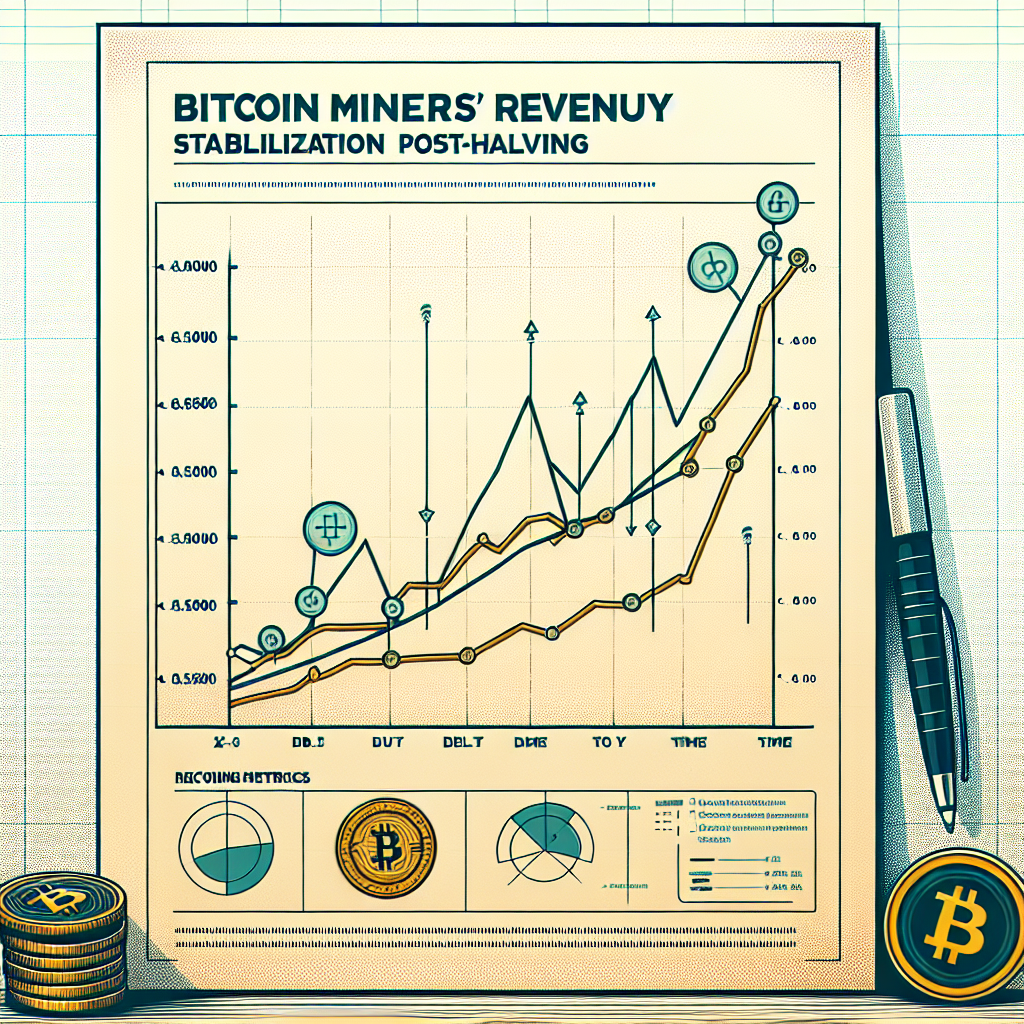Timeline: How Trump’s Tariffs Pulled Bitcoin Below $80K
Since Donald Trump’s inauguration on January 20, Bitcoin (BTC) has experienced significant volatility, dropping from a record high of $109,000 to below $78,000. The primary driver behind this decline has been Trump’s aggressive tariff policies and the resulting global trade tensions.
Colombian Tariff Standoff and DeepSeek Disruption
Bitcoin initially hovered above $100,000 until January 26, when Trump threatened 25% tariffs on Colombian imports due to immigration disputes. Colombia retaliated but quickly reversed its stance, allowing Bitcoin to briefly recover. However, the rise of Chinese AI firm DeepSeek further unsettled markets, contributing to Bitcoin’s volatility.
Tariff War Begins: Bitcoin Suffers Losses
On February 1, Trump imposed tariffs of 10% on Chinese imports and 25% on Canadian and Mexican goods, citing immigration and fentanyl concerns. Bitcoin fell sharply below $93,000, briefly recovering after a temporary pause on Canadian and Mexican tariffs. However, the Chinese tariffs remained, marking the last time Bitcoin traded above $100,000.
Bybit Hack and Copper Tariff Push Bitcoin Below $80K
Bitcoin’s volatility continued through February, exacerbated by Trump’s removal of steel and aluminum tariff exemptions and the announcement of reciprocal tariffs. The massive Bybit exchange hack on February 21 further shook investor confidence, pushing Bitcoin below $90,000. Trump’s subsequent review of copper tariffs on February 25 drove Bitcoin below $80,000 for the first time since November.
March Brings Mixed Signals and Brief Relief
In early March, Trump’s administration announced plans for a Strategic Bitcoin Reserve, briefly boosting crypto sentiment. However, tariffs on Canada, Mexico, and China intensified, causing further market instability. Despite temporary exemptions for automakers and USMCA-qualified imports, Bitcoin struggled to maintain gains, hovering around $84,000 by mid-March.
Softer Tone Sparks Partial Recovery, but Uncertainty Remains
By late March, the administration softened its stance, suggesting tariffs could be tailored or avoided if trade partners cooperated. Bitcoin responded positively, rising to $88,474 on March 24. However, uncertainty remains high as investors await the next round of reciprocal tariffs scheduled for April 2, dubbed “Liberation Day.”
Key Points:
- Trump’s tariff policies significantly impacted Bitcoin prices, causing volatility and declines.
- Colombian tariff threats and DeepSeek’s rise contributed to early market instability.
- February’s tariff announcements and the Bybit hack pushed Bitcoin below critical support levels.
- March saw mixed signals from the White House, briefly stabilizing Bitcoin prices.
- Investors remain cautious ahead of the upcoming “Liberation Day” tariffs on April 2.
Analysts advise closely monitoring traditional market developments due to Bitcoin’s increasing correlation with traditional financial assets.
For cryptocurrency trading, use MEXC: https://promote.mexc.com/a/xArevSON



